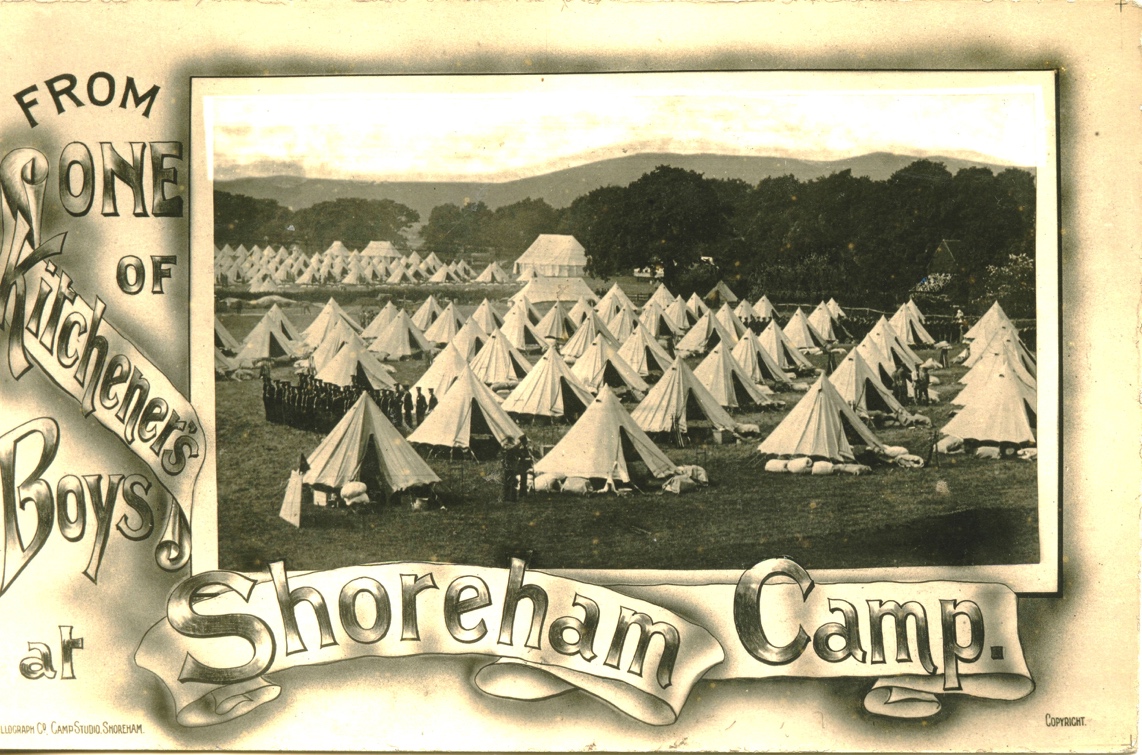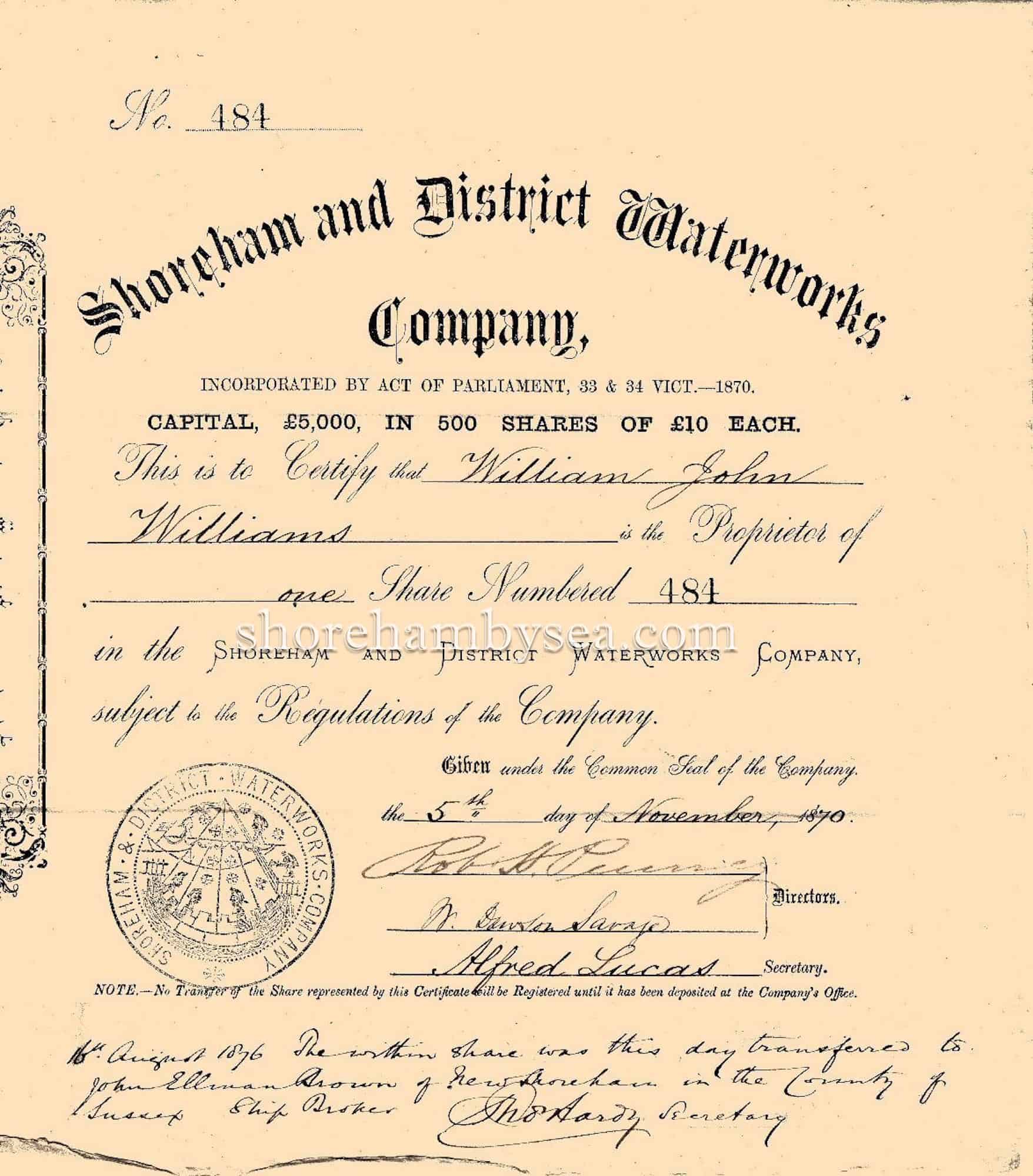Crash of G-AKXO March 1964
Friday 13th March 1964: A light aircraft recently departed from Shoreham Airport crashed into a tree and the front garden of a house, 77 Buckingham Road, Shoreham. Both occupants of the Tiger Moth aircraft died either at the scene or en route to nearby Southlands Hospital. The deceased were pilot, Colin Barrett (23) of Hove and passenger Harold Ginn (33) of Brighton.
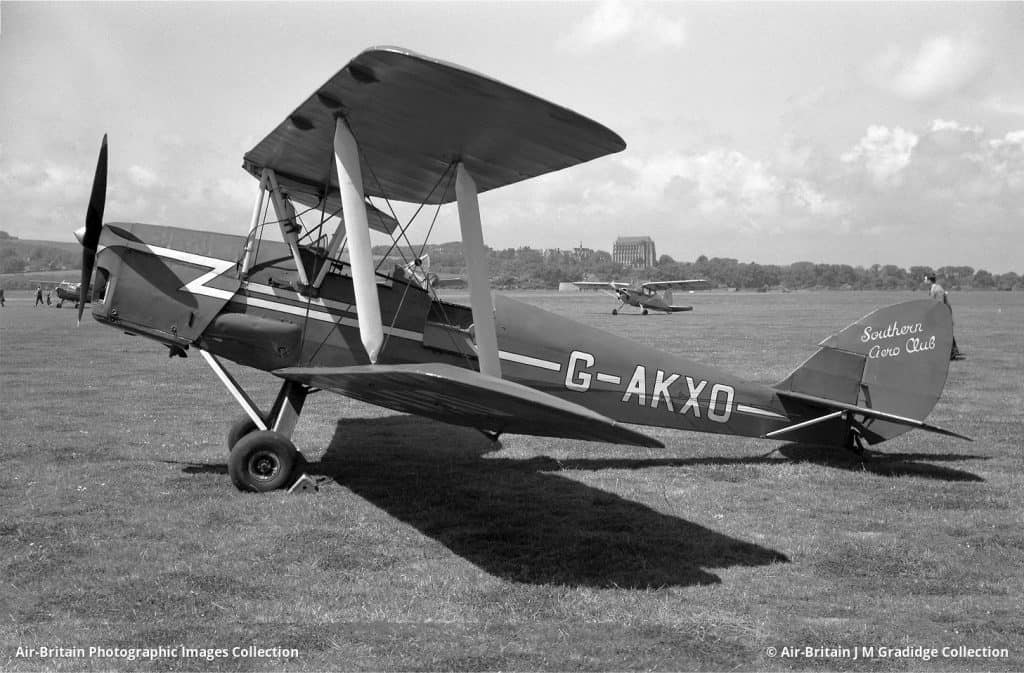
Cinemas in the early years
For a town that has no purpose built cinemas it is interesting to chart the history of cinemas from 1910. There were never more than three cinemas at any time in the last 100 years and all have disappeared except one – hiding in the guise of a goods store of a High Street shop.
Bijou Cinema, High Street, Shoreham 1911-1931
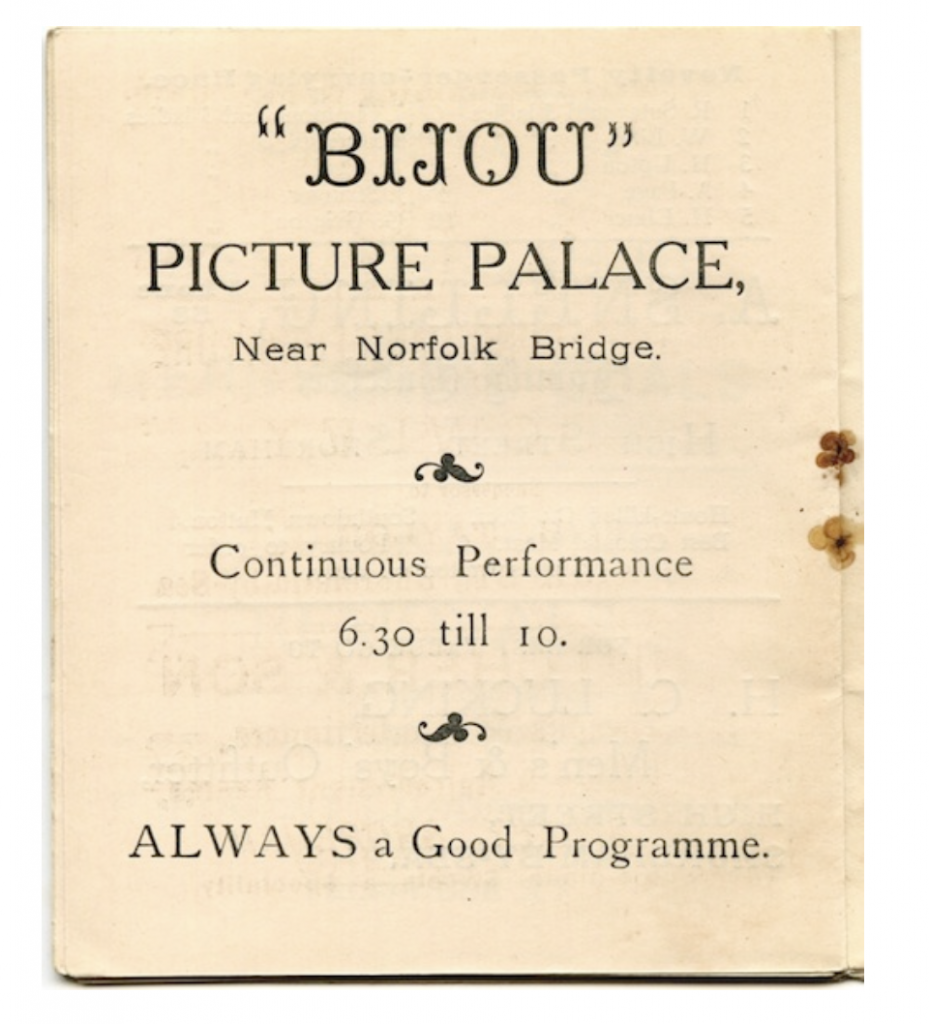
The Bijou Electric Empire was opened in June 1911. It was built as a garage behind the old shipyard. It was a wooden building with a corrugated -iron roof and an earth floor.
By 1925 it was operated by Sussex Picturdrome who also operated the Duke of York’s Cinema in Brighton and the Bijou Electric Empire was re-named Duke of York’s Cinema. The Bijou entrance had a painting on the ceiling, it depicted some Cowboys chasing after some Red Indians. There was a piano by the screen, and the pianist accompanied all of the films, the floor at the front was covered in peanut shells and orange peel. There was also a large spitoon. The full name of the Cinema was Bijou Electric Empire.
It was closed on 5th August 1931 when it was completely destroyed by fire.
Continue reading “Cinemas in the early years”War beyond Shoreham Camp
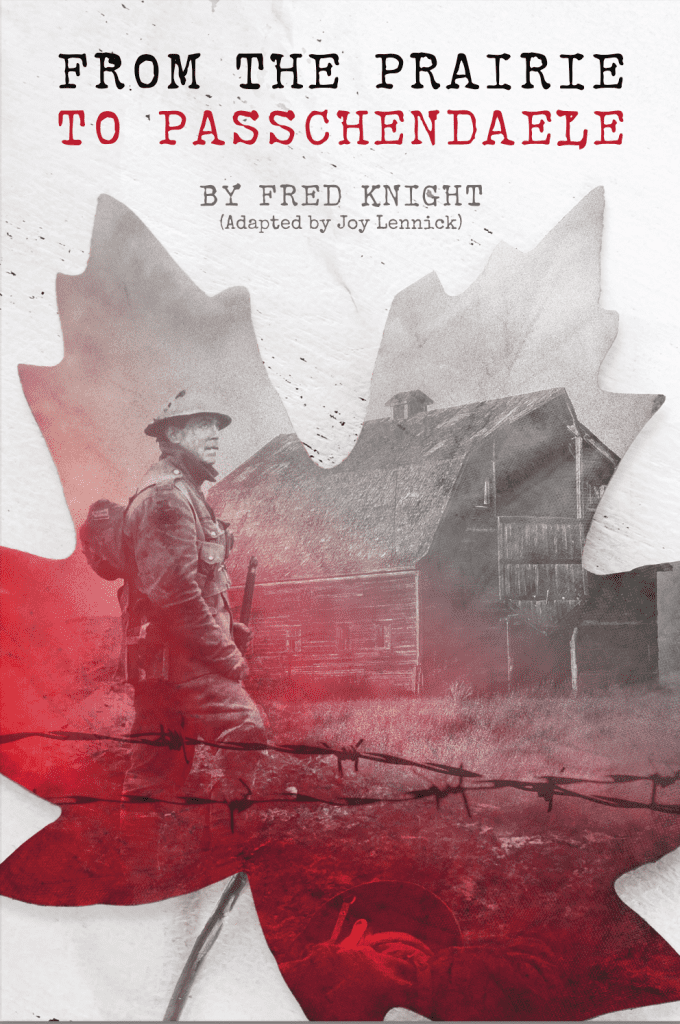
The attached extract is from a book originally written by Fred Knight who was an ordinary soldier in the Canadian armed forces during WW1 and my grandfather. He was billeted close to Shoreham so his story compliments the information regarding the camp.
I had always been immensely proud of my grandfather who had fought bravely in WW1 and was therefore overjoyed when I was informed that a lost draft of his life story had been found and published by my cousin Graham.
While I found reading about his adventurous life a real pleasure, I was completely surprised to discover that he was billeted in the camp at Shoreham where I have lived for the past 25 years. He had talked fondly of his time in the area prior to being sent to France and so I am very pleased to have extracts from his WW1 soldering experiences placed on the Shoreham history website close to the information about the camp.
Brian Knight 2021
Continue reading “War beyond Shoreham Camp”The Army Camp at Shoreham 1914 – 1918
Following the commencement of hostilities Lord Kitchener was appointed Secretary of War and it was he that laid the format for the organisation of four separate armies. Shoreham with a railhead, seaport and airport in a strategic position on the south coast became the location for forming the 24th Division, part of Kitcheners Third Army or K3 as it was known..

Almost before the ink was dry on the recruiting posters men started arriving by rail at Shoreham and local territorial soldiers began creating a tented camp on the Oxen Field to the north of Mill Lane. The close proximity of the railway station to the field meant that heavy equipment could more easily be hauled there. Initially, there were no instructors to train the new recruits nor uniforms or small arms. The flood of men was so great that the churches and townsfolk were needed to assist with providing temporary housing and food for them. As new recruits continued to arrive it was not long before Buckingham Park was also being used as a tented army camp with a field kitchen and latrines dug to provide a modicum of hygiene. The local Territorial soldiers were engaged to set up the spacing for tentage and supervise raw recruits by organising swimming parties on the Beach and holding basic roll calls to keep unsworn trainees busy.
Continue reading “The Army Camp at Shoreham 1914 – 1918”Middle Road Secondary School 1936-1992
– the new school photographs and plans in 1936 with reminiscences of former pupils from the 1940’s to 1990’s
Built in 1936 on a five-acre site in Middle Road, Kingston, where the recreation ground is now but then in land that had largely been used as fruit orchards and nurseries by the Cook’s Jam Factory in Dolphin Road. Initially opened as a boys’ senior elementary school for 360 pupils it included a number of unusual features (for those days) in both design and construction. It was built of reinforced concrete and flat roofs to allow for future extensions to be placed on top of the ground floor building and enabled wider spans for rooms that, with the large Crittall windows also installed gave pupils and teachers a bright and spacious environment.
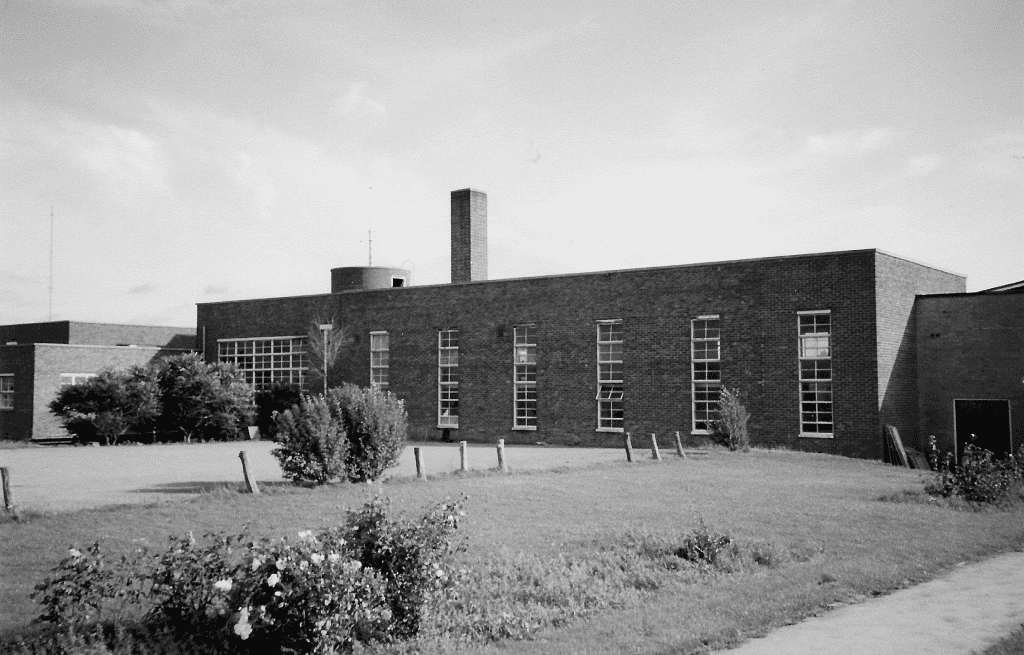
The Old Brewery Chimney
Many of Shoreham’s old photos of the High Street and from across the river show a familiar chimney on the spot where Coronation Green is now. Originally part of a cement works in the early 1800’s it later became a brewery.
Continue reading “The Old Brewery Chimney”1870 Waterworks Share Certificate
Sea Captains’ Mutual Benevolent Society Insurance 1853
An historically important document recording the signatures of those Shoreham Master Mariners who took out insurance and assurance cover prior to their voyages. Each were indemnified for up to £40 against loss of their nautical instruments, charts and clothes and a full £40 in the case of their death payable to the widow or nearest relative. Shoreham born Thomas Brown Kirton of Queen’s Place who wrote and signed the front page conditions of the document was himself a shipowner.
The year 1853 could be misread as 1833 but has been discounted as many of the ships named were not built until after the latter. Some entries only show the year but a few do include a date – were these the date the ships were due to sail or just when they were added to the policy? In the case of James Francis of the War Hawk it had to be near the maiden voyage as the date entered was only six days after the launching!
Continue reading “Sea Captains’ Mutual Benevolent Society Insurance 1853”A Southwick Quaker
Early Memories of a Southwick Quaker
A unique record of the 1830’s Southwick childhood reminiscences of Lucy Rickman Penney (nee Lucas). Documented by B. R. Bryant in 1913 it was discovered in Southwick resident Alf Browning’s collections and has been kindly loaned by Yvette Hammond and photographed by Neil De Ville.
The complete 42 page typed document includes the Lucas family’s travels to, and living at, various places far beyond our locality. Selected extracts have therefore been made together with additional background research to provide a little of the story of Lucy’s Quaker family during their residence at Southwick that include visits to the Brighton Meeting House and her father’s beautifully described walk to Portslade.
Continue reading “A Southwick Quaker”

